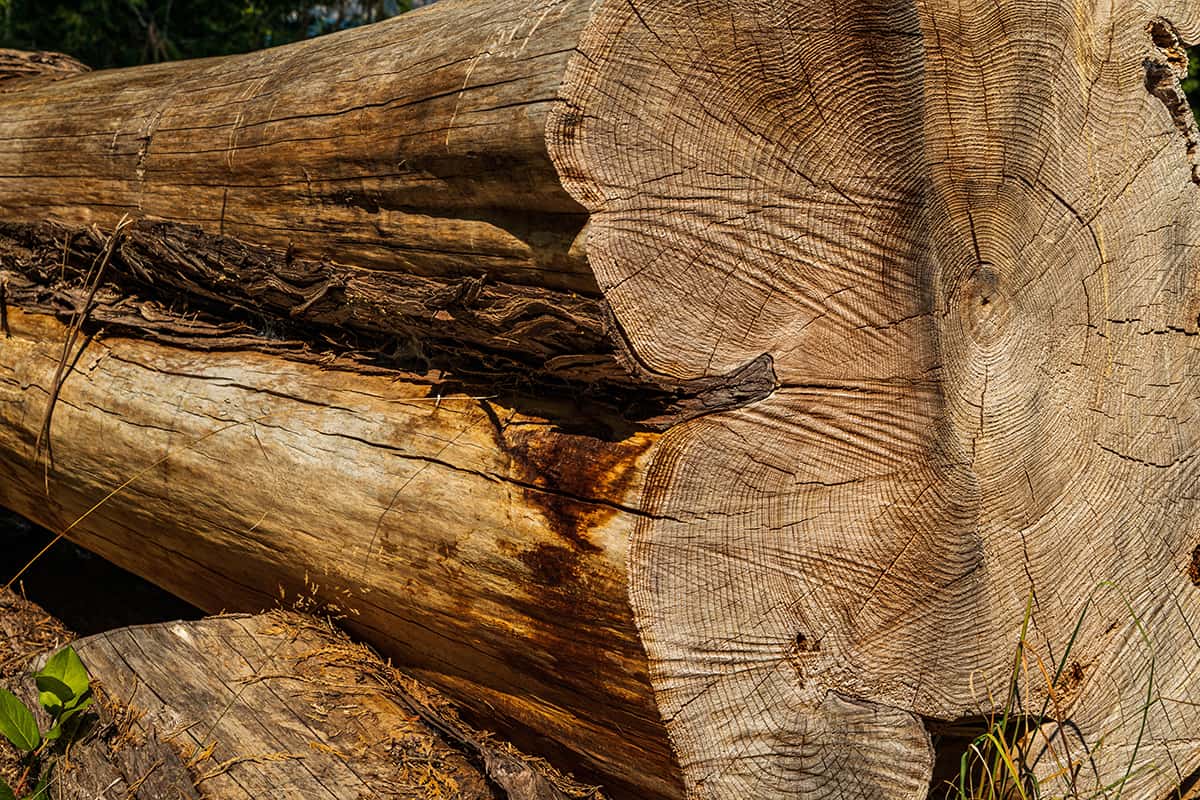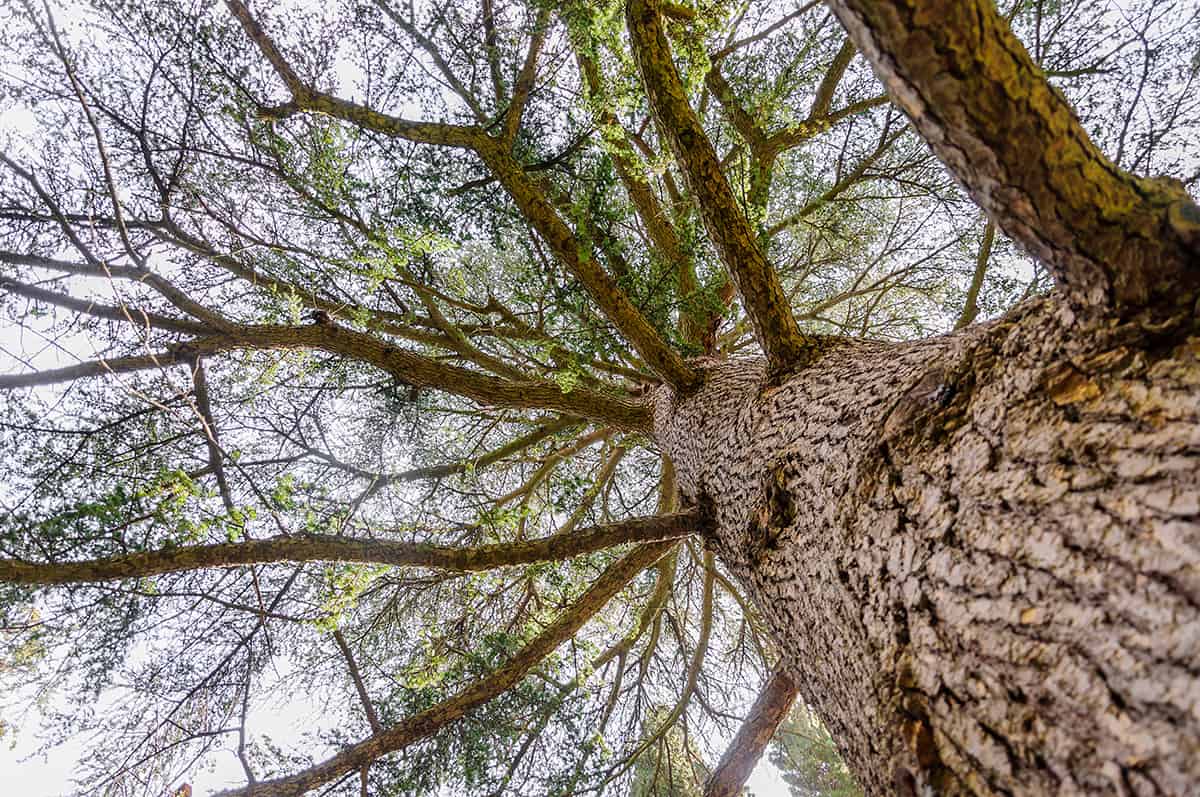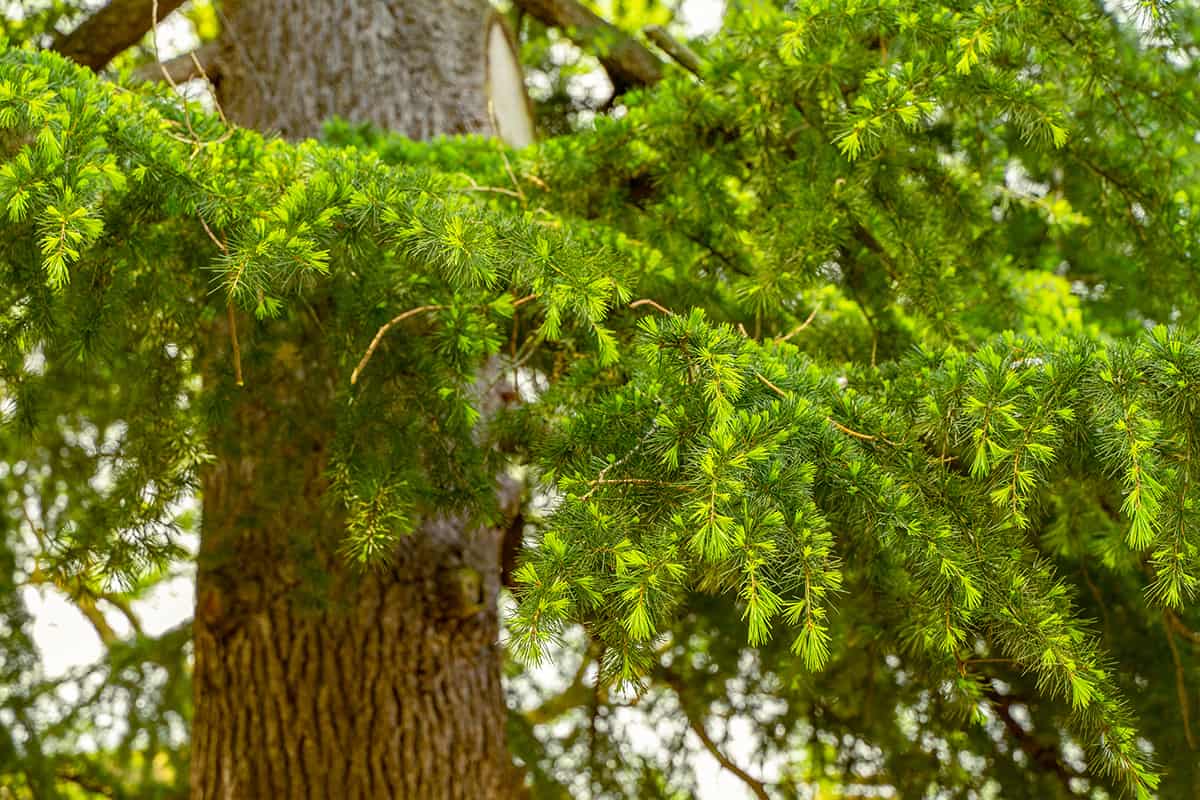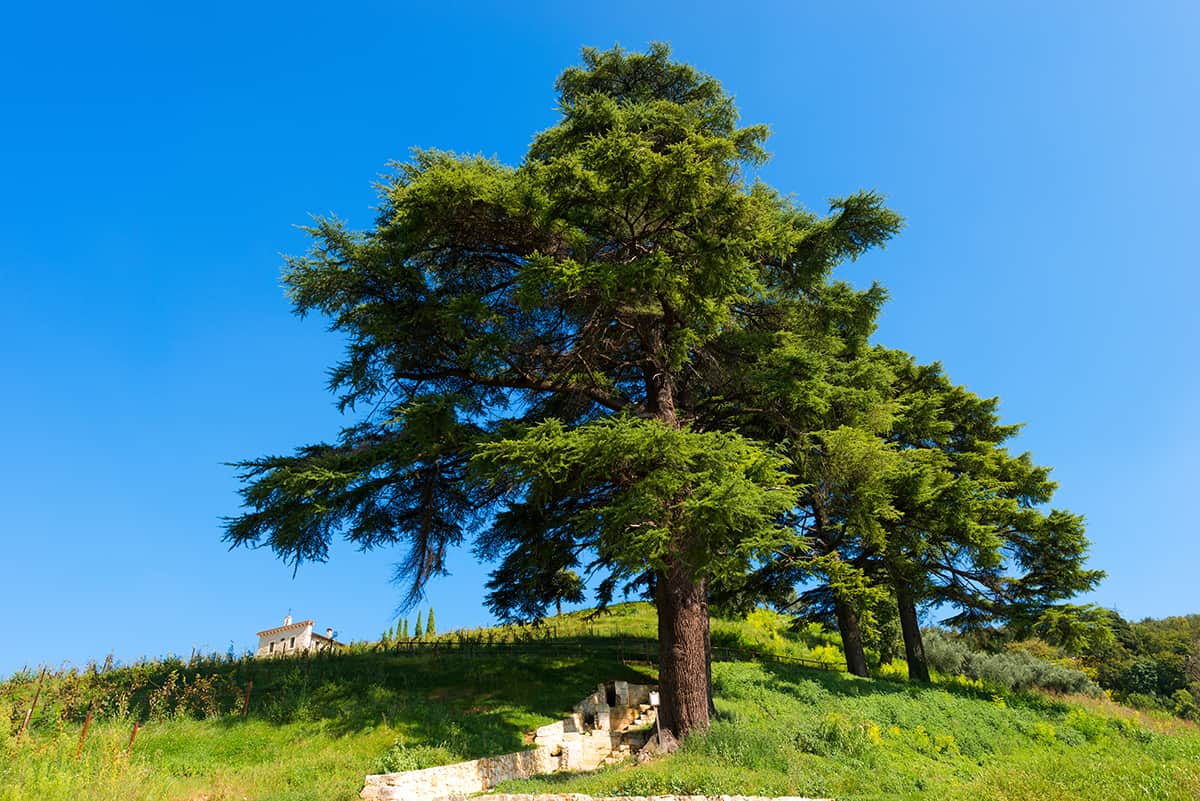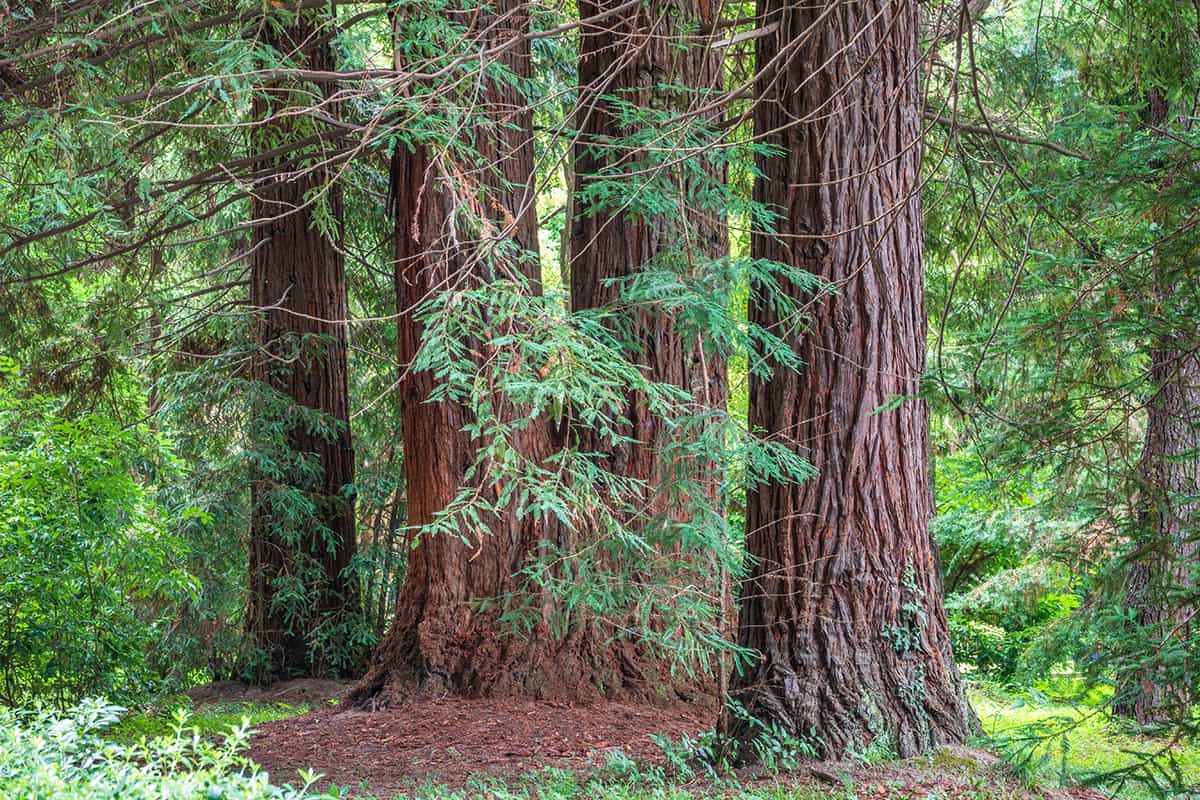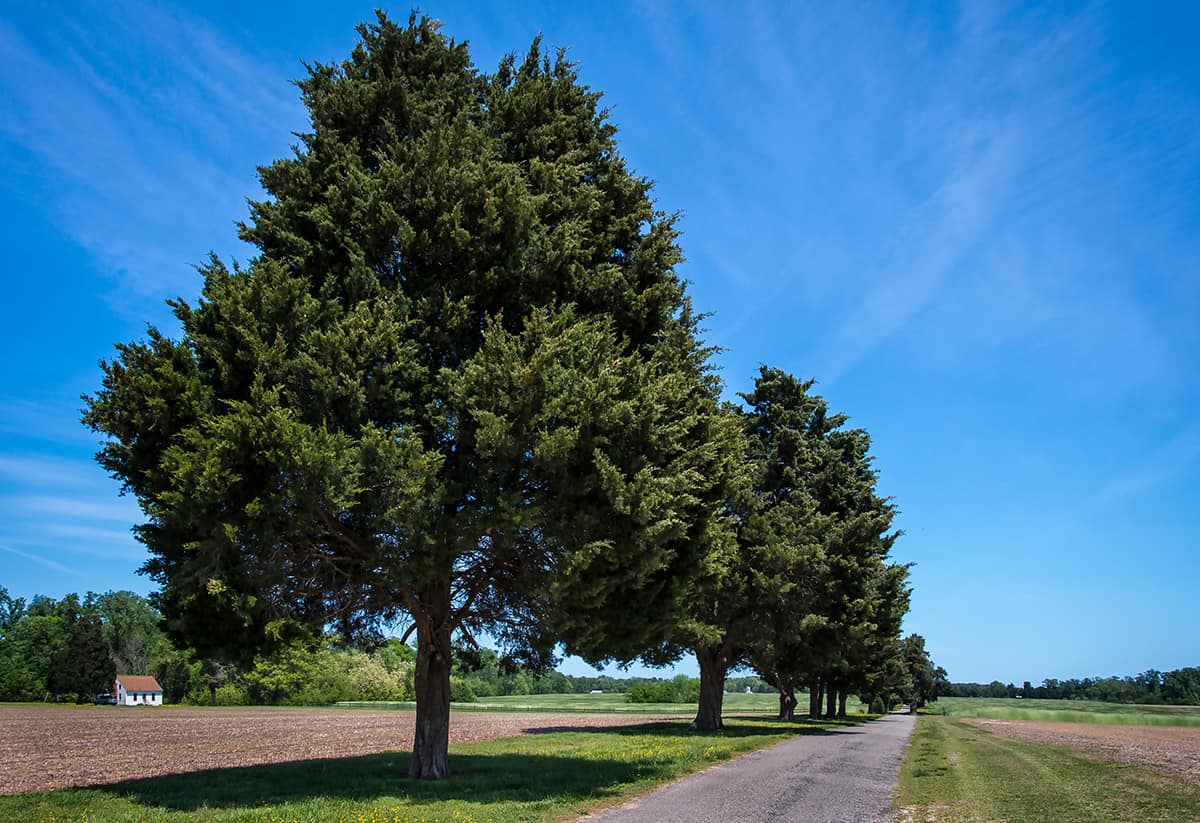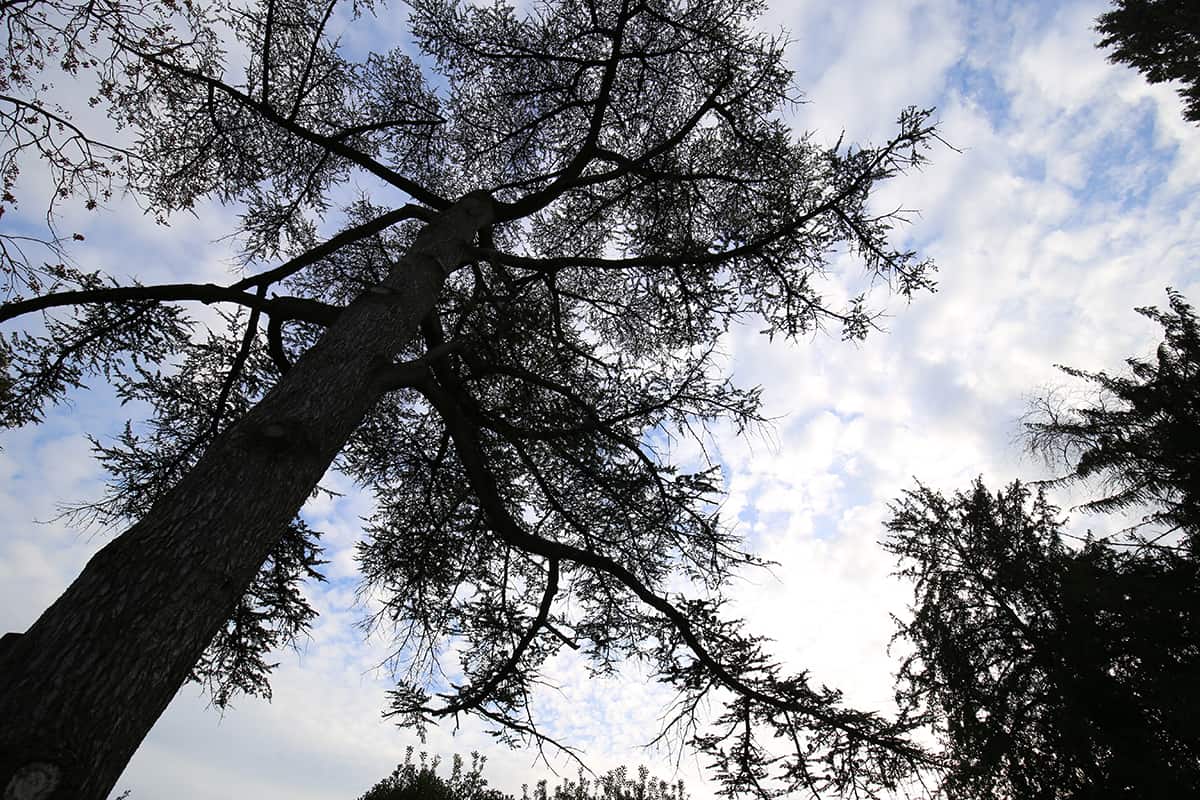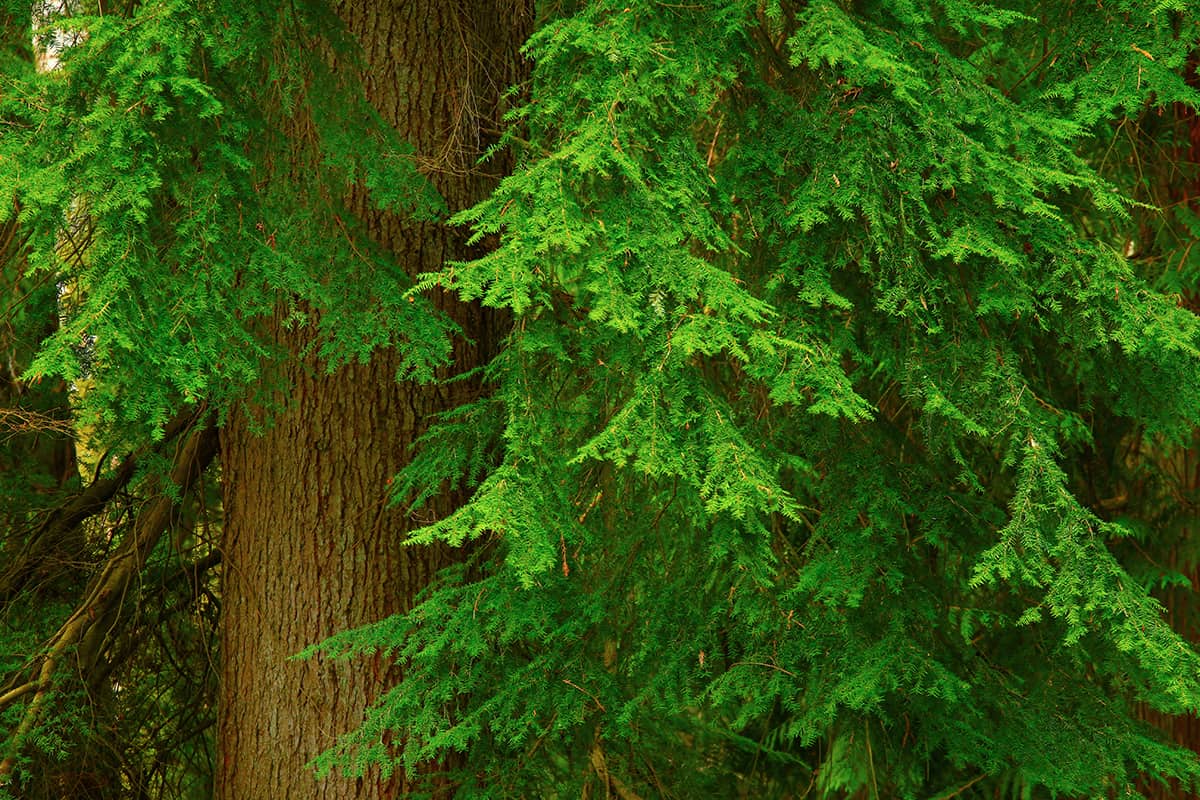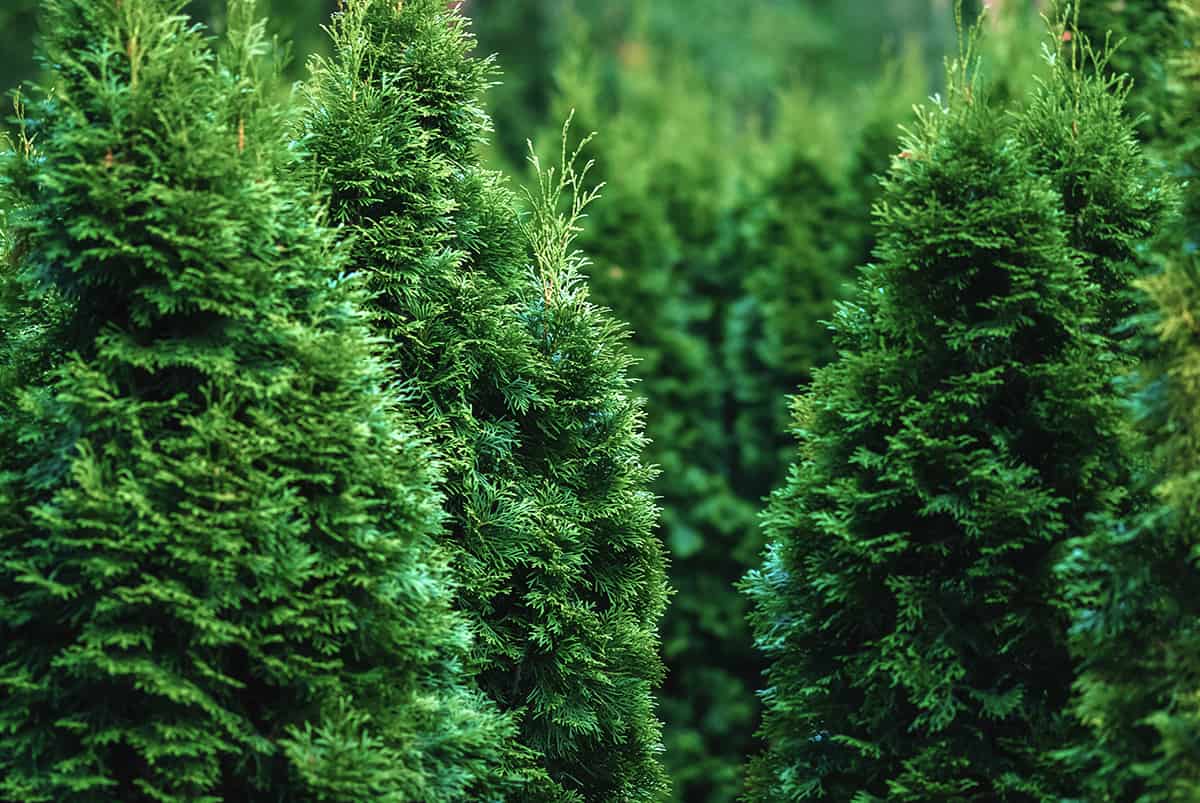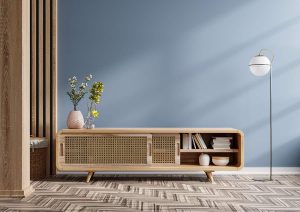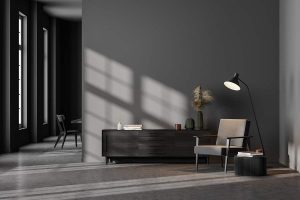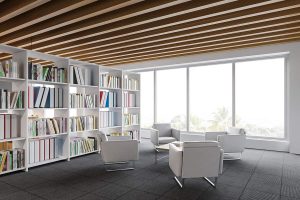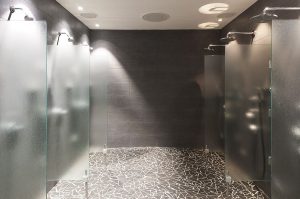Cedar is a wood that is popular for furniture making, home construction, and other uses. It grows in various parts of the world, with different species of cedar tree offering different qualities.
Benefits and Uses of Cedarwood
Resistant to cracking and warping
Cedarwood is known to be resistant to cracking and warping, which makes it an excellent choice of wood to be used for interior paneling, where it is important for sheets of wood to remain flat and smooth. These qualities have also led to cedarwood being used to make musical instruments, such as classical Spanish guitars.
Durable
The wood made from cedar trees is naturally very durable and long-lasting, which makes it a good choice for use in furniture making, as well as for lumber in construction.
Repels moths
Cedarwood contains natural oils which serve as a repellent to moths. As such, cedar is commonly used to make wardrobes, chests of drawers, and other furniture that would commonly contain clothes, as this helps to protect the clothes from moths.
Resistant to decay
Cedar shows good resistance to decay, which makes it a solid choice of material for outdoor use, for example, in fence posts, and property construction.
Lightweight
Despite being strong and durable, cedarwood is also lightweight. This is an important attribute when working at heights because it makes the job much easier and safer when you don’t have to carry heavy materials. As such, cedar became popularly used as a roofing material for a long time, and while it is still widely used for cedar shingles, it is now out-favored by asphalt.
Beauty
The color and grain of cedarwood are very attractive, which also makes it a good choice of wood for interior and exterior decor. It can be used for siding on houses, flooring, as well as in furniture making.
Cedar Trees and Their Wood
Cedarwood is made from cedar trees; however, there are only a few true species of cedar trees in existence. Some wood you buy that is sold as cedarwood will actually come from species of tree that are not technically cedars. These are known as ‘false’ cedar trees.
True Cedar Trees
Atlas Cedar, Cedrus atlantica
The Atlas Cedar is a large evergreen coniferous tree that grows to mature heights of between 40 feet and 60 feet, with a typical spread of between 30 and 40 feet. It is named after the Atlas mountain range in northern Africa, where it grows natively.
This tree is easy to care for, being drought tolerant once well established, and able to cope with hot and humid conditions. The Atlas Cedar has a conical shape at first but matures into a pyramid shape as it grows. It is a fast grower, capable of adding 24 inches in height each year. The stiff branches of this tree grow at an upwards diagonal angle, and each one is covered in one-inch needles for foliage with a pretty blue-silver color.
Deodar Cedar, Cedrus deodara
This tree gets its name from the word ‘devadaru,’ which translates from Sanskrit to ‘timber of the Gods’, and it is the national tree of Pakistan. A beautiful, slightly weeping tree, this cedar is very popular in parks and public gardens because it adds interest as well as provides useful shade.
The tree can grow to a mature height of between 40 and 60 feet, with a typical spread of between 20 and 30 feet. It has long needles which can reach up to two inches in length, and depending on the variety; these can be blue-green or gray-green. The tree is native to the Western Himalayas and thrives in full sun growing conditions.
Cedar of Lebanon, Cedrus libani
As you might expect from the name, this cedar tree is native to Lebanon, Turkey, and Syria. It is also the national symbol of Lebanon and is featured on both the country’s coat of arms and their flag. This is one of the most cold-hardy types of cedar trees and can grow to mature heights of between 40 and 60 feet.
When young, this tree has a tight pyramid shape but, once mature, will take on a more flat-topped shape. The needles of this tree are dark green and remain on the tree for up to 6 years at a time. The wood produced by this tree is famed for being used to construct King Soloman’s temple over 3000 years ago.
False Cedar Trees
Japanese Cedar, Cryptomeria japonica
This is a small to medium coniferous evergreen tree that typically reaches maximum heights of 40 feet. It is an easy-growing tree that grows up to 12 inches in height each year and thrives in full sun to partial shade. It produces cones that hang from the end of the slightly weeping branches in fall. Wood from this tree is tinged pinkish-brown and is durable and moisture resistant.
Eastern Red Cedar, Juniperus virginiana
This is an evergreen conifer that is native to eastern North America, where it is very widespread. It is a slow-growing tree, reaching eventual heights of up to 50 feet. Many wildlife species rely on the juniper berries produced by this tree to survive through winter, including quail, grouse, rabbits, and foxes.
The tree can be column or pyramid-shaped, with scale-like foliage that varies in color from pale gray-green to deep green. This tree grows easily and is drought tolerant once established, with a long life expectancy.
It produces red-toned heartwood from the trunk, which is extremely durable and naturally moth resistant, making it a popular choice of wood for wardrobes. The wood of this tree is widely known as ‘aromatic cedar’ because it has a strong woody smell. It produces oils that repel insects and can be used to line drawers where clothing is stored.
Atlantic White Cedar, Chamaecyparis thyoides
This tree is native to North America, where it grows in abundance along the Atlantic coast, where it gets its name from. The tree is associated with the wetlands and many wetland wildlife species since it thrives in these areas. It typically grows to between 60 and 90 feet tall but can exceed 100 feet in some cases.
The foliage of the tree grows in flat, feathery sprays, in green or blue-green colors. Atlantic White Cedar is popularly used for lumber because it is lightweight, durable, and resistant to decay. It is also widely used for Christmas trees.
Western Red Cedar, Thuja plicata
This tree is also widely known as the giant cedar, Pacific red cedar, and giant arborvitae. It grows natively in western North America, to enormous mature heights of between 200 and 230 feet tall. It is known as a cedar tree, despite actually belonging to the Cypress family of trees.
This is a long-lived tree that can survive for over a thousand years. It produces sprays of scale-like foliage, which are green on the top and green and white on the underside. When crushed, the foliage releases an aroma that is said to be reminiscent of pineapple.
The trunks of these trees can span up to 10 feet across, and they are popularly used for cedarwood. The wood of these trees is used for roof shingles, siding, decking, and lumber for exterior construction.
Western red cedar is lightweight and low in density, which makes it very easy to work with, and easy to shape. It is resistant to decay and moisture-repellant, which makes it an ideal choice for outdoor use. The color of this wood is pinkish-brown.
Northern White Cedar, Thuja occidentalis
Like the Western red cedar, this is another tree that is regarded as a cedar but is, in fact, a Cypress tree. It grows natively across eastern Canada and much of the central and northeastern United States. It typically reaches heights of around 50 feet, with a trunk that measures around 3 feet across.
The wood of this tree is very lightweight and easy to work with. It has a very low density which means it can be cut without the use of power tools. It is resistant to moisture, decay, and pest infestations, which makes it a good choice for use in outdoor applications such as fence posts, decking, roofing, and construction lumber.
The color of Northern White Cedar is paler than the Western Red Cedar, with creamy sapwood and light brown heartwood.
Alaska Cedar, Callitropsis nootkatensis
This is another cedar wood that actually comes from the Cypress family. These trees grow natively across the northwestern coastlines of North America. They typically reach heights of between 100 and 140 feet, producing scale-like foliage in flat sprays.
The wood from this tree is known as ‘yellow cedar’ since it has a distinctly yellow-cream color. It features tightly knotted grain which is evidence of the slow growth pattern of the tree. Unlike most other types of cedarwood, it is dense and heavy. It is used to make decking, musical instruments, and interior paneling.
